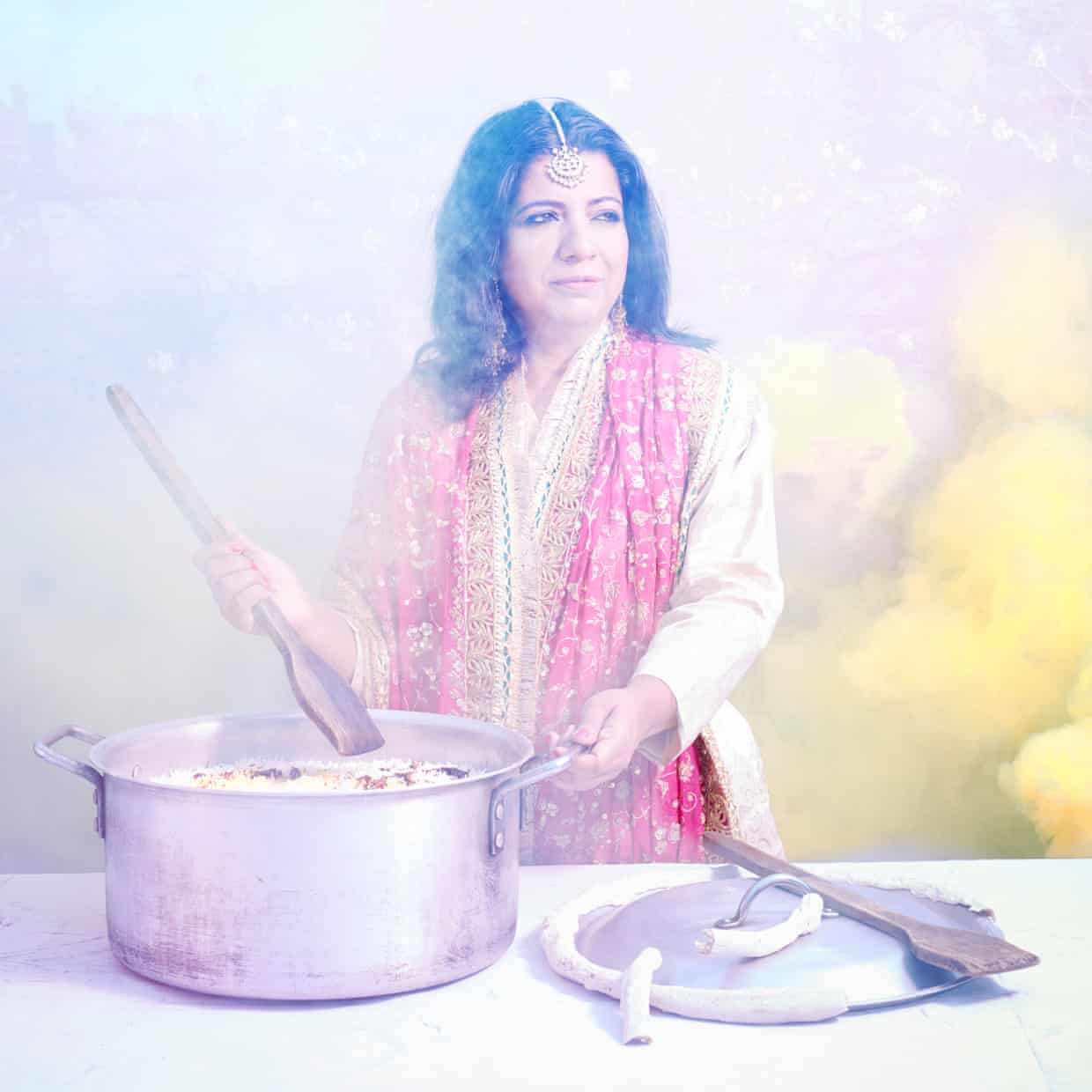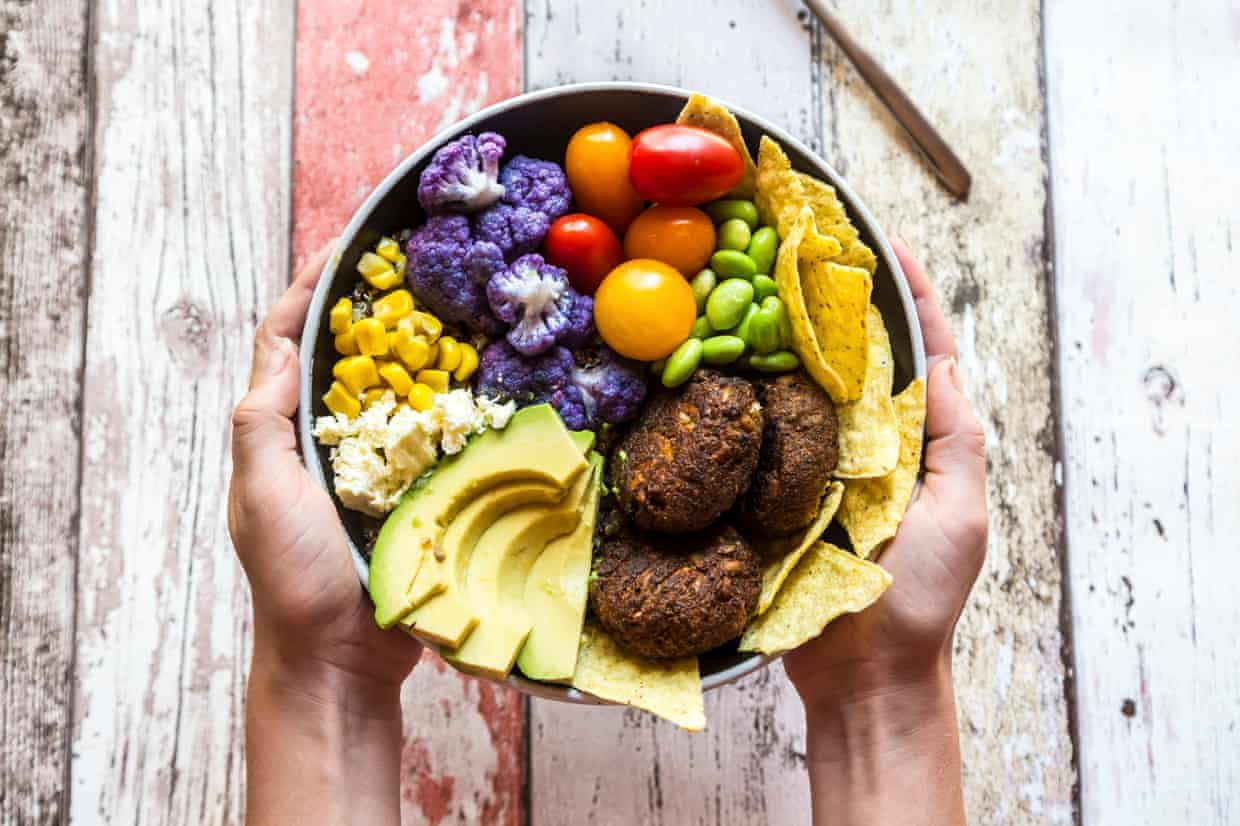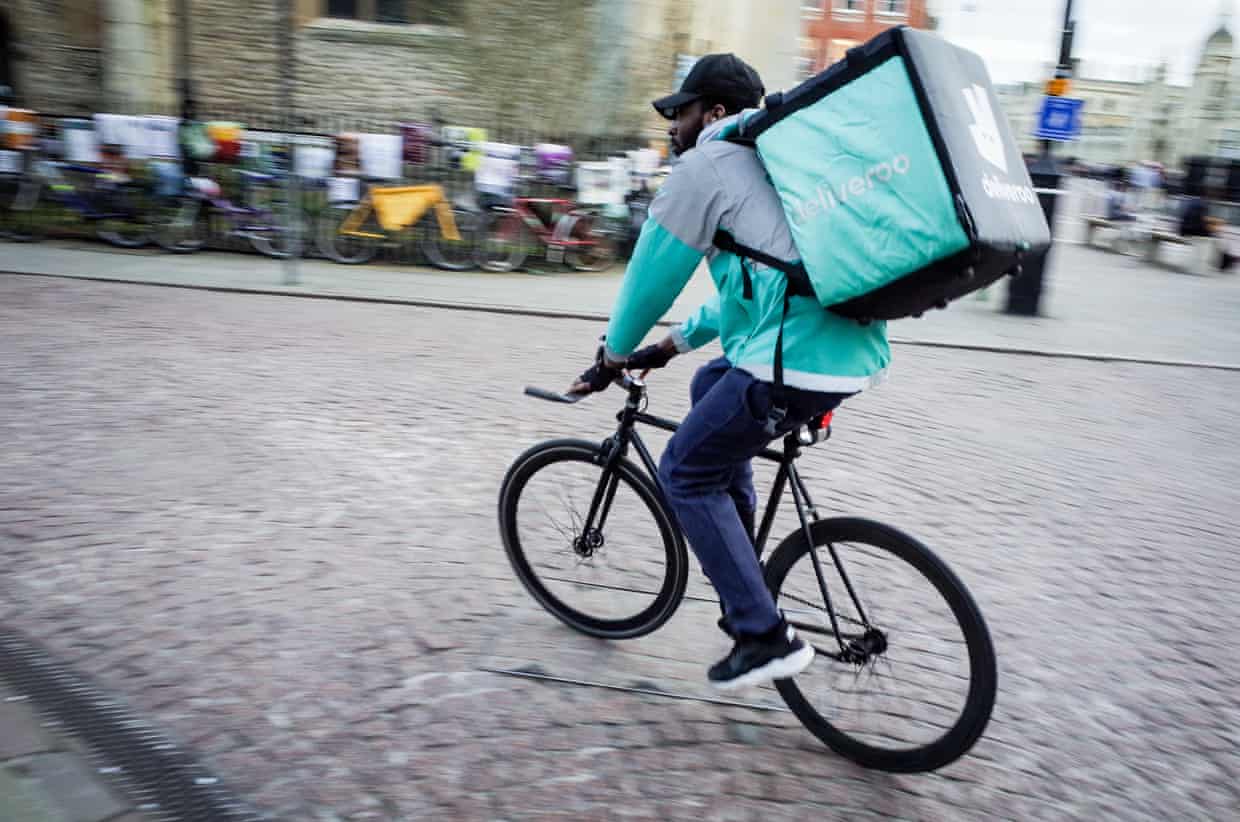
From avocados to Instagram: the decade in food
by Tim HaywardThe 2010s brought seismic change to the UK’s culinary landscape says critic and restaurateur Tim Hayward
Talking about the British food renaissance is easy for those of us in the industry. Depending on your point of view, it either kicks off with the publication of The Official Foodie Handbook in 1984, which gave us a name, or the first TV series fronted by Jamie Oliver and Gordon Ramsay in 1999, which gave us our most significant public figures. We tend to view the years that followed as a period of constant growth and success, but, as a new decade begins, the story of the 2010s seems more complex.
The shine comes off celebrity chefs

It’s 10 years since Ramsay took on the roles of judge and producer on Hell’s Kitchen, the US show that has made him one of the best paid celebrities in the world, but since then he’s been largely absent from the UK. In fact, with fewer food TV programmes being commissioned, most of the original big name celebs are slipping quietly from public attention. Nigella can still draw an audience, Rick Stein continues to potter around on camera but the once steady stream of new food celebs has dried up. Bake Off, its powers diminishing with each new series, gave us our only genuine breakout star in Nadiya Hussain, but Tom Kerridge is the only noteworthy chef to have jumped to TV.
Perhaps we’re falling out of love with them. Ramsay and Marco Pierre White created the image of the temperamental artist. Chefs got their names over the door and comparisons were made to rock stars, but that was already tired well before the decade closed.

The era has actually been distinguished by the diminishing of great names. Ferran Adrià announced he was closing the best restaurant in the world, el Bulli. Chef-led restaurants put into place the succession management strategies that would insulate them against the eventual loss of their leaders – in 2010 Oliver’s restaurants began their ill-fated expansion, St John opened a hotel in 2011 (it closed two years later), Heston Blumenthal briefly shut then reopened the Fat Duck, and kind of dropped off the map. Perhaps not all immediately connected, but all symptoms of a slow reversal of our canonisation of cooks.
The idea of these men being quite so relevant and formats dependent on the notion look dog-eared. If chefs weren’t exciting, Saturday Kitchen was just wallpaper. Internationally, Netflix seemed, at least initially, to have taken on the idea of chef-hero with Chef’s Table , the bro-dom of Roy Choi and Jon Favreau, and pretty much anything involving David Chang.
The best new voices that emerged were often female – Samin Nosrat, Asma Khan, Meera Sodha, Anna Jones, Clare Smyth. Nobody imagines that any of these will have the ridiculous career trajectories of their predecessors but they represent a broader shift away from macho, performative cheffery.
The online revolution: TripAdvisor, Instagram influencers and Deliveroo

Most of the decade’s excitement in the food world seems to have played out online. Broad discussions about food culture that might originally have taken place in print now rage on Twitter.
Like every other aspect of public discourse, things have become more entrenched, impassioned and brutal. The #MeToo movement, the hashtag itself indicating the importance of social media in the phenomenon, tore through the American restaurant industry, bringing down Mario Batali and several big regional names. Its impact was less explosive in the UK where anger burned more brightly around cultural insensitivity, most notably Jamie Oliver selling “jerk rice”.
The impact of new technology on food has been more profoundly disruptive than the shouting matches of social media. In 2008, American travel site TripAdvisor bought two UK travel websites; two years later at the turn of the decade they were well above critical mass, with a large body of consumers reviewing eating places “for each other”. Blogging platforms had already been around for five years or so but along with TripAdvisor they created a sea change in restaurant criticism. You didn’t need a column in a newspaper nor an editor to oversee your work. You bought your dinner and wrote it up. Initially it seemed as if the wisdom of the crowd might supplant traditional critics, but some have built strong online followings and there’s a growing understanding that what they offer is of a different flavour to aggregated consumer opinion.
Diners began to take their own photos, too, making the Instagrammed overhead shot – brightened, sharpened, minimally propped and in natural light – the new currency of the food world. Chefs designed dishes that would look good in the new format, restaurants were planned to make good shots more likely and the photogenic “signature dish” became one of the defining features of a successful launch. “Bowl food” became a trend because the overhead shot looked great, and “wellness” influencers could hold them in two hands while glancing invitingly over the rim at the lens. A new kind of food celebrity emerged as a result. Not a skilled cook or an expert in a cuisine but an attractive individual who led a life that could be captured by camera phone and aspired to by millions.

The trends that followed – avocados, clean eating and fad diets, turmeric drinks, kombucha, coconut oil – were not as much about taste and pleasure as about performative self-denial, weight loss, “wellbeing”. For some, food was no longer just an accessible pleasure but about its “impact” on wellbeing or the environment. As the decade ends, you are less likely to read a post about the joy of melted butter on pasta than you are about the credentials of a vegetarian, vegan, or “alternative meat” product.
The most profound changes to our industry may yet be driven by delivery companies such as Deliveroo (launched in 2013), and booking engines such as OpenTable. Both have managed to insert themselves as convenient intermediaries between restaurant and customer, but one only has to consider what iTunes and Amazon were able to do from similar positions in their own sectors to feel that we need to be wary.
Please don’t go away thinking that the impact of the internet on food has been bad. There’s one simple fact underlying all of this that’s bigger and more important than everything else. Before the internet we relied on books, and particularly on experts to bring us an understanding of other food cultures. I needed Elizabeth David to bring me France, David Thompson to bring me Thailand and Ken Hom to bring me China.
As the decade draws to a close this will never be true again, and the curious now have a seamless view of cuisines around the world.
The rise of the underdog: pop-ups, supper clubs, street food, food courts

Around 2009 the British press began reporting on “pop-ups”. They’d existed elsewhere before but the formalisation of home cooking into an enthusiast’s “restaurant” seized the public imagination. Coupled with the rise of food-specific blogging, enabling the cooks to build a large following, pop-ups became a phenomenon and then, swiftly, a route to a restaurant career. If you hadn’t won Masterchef or Bake Off, the fastest way to a bricks and mortar operation was a series of pop-ups and a well-managed online campaign of self-publicity.
The year 2010 saw the launch of the British Street Food Awards by restaurant critic and TV presenter Richard Johnson. There had been mobile food operations for centuries, but Johnson spotted something a little bigger, partly inspired by the success of food trucks in Los Angeles, partly by the rise of festivals in the UK and growth in the “experience economy”. Soon everybody needed to eat in a car park, in a field, and food trucks began replacing the rubber-chicken catering at increasingly expensive weddings. Once, you could find a rust-eaten Citroen H truck in a barn and buy it for peanuts. Today, you’d need a budget of £20,000 to buy and fit one out.
It didn’t take property developers long to realise that food was the fastest way of turning an empty block in an unfashionable location into a “thriving” “vibrant” “quarter”. Increasingly, over the decade, the move from pop-up or food truck to a bricks-and-mortar restaurant has been underwritten by the owners of the space. If you have a good “concept”, a decent online following and an ability to present them to a roomful of estate agents, you might get a few years of drastically reduced rent, a decent kitchen and some PR. We haven’t yet gone through the business cycle that sees what happens to these arrangements when the space you set up suddenly attracts a full market rent, but one imagines it will be swift and brutal.
Though there have been loose cooperative gatherings of street-food operators since the inception of the movement, it is only in the last quarter of the decade that we’ve seen the phenomenal rise of new food courts. From Kommune in Sheffield and Market House in Altrincham to Market Halls and Hawker House in London, they’ve opened us up to variety, giving more diverse young food businesses a toe-hold and capitalising on the twin catastrophes of dying high streets and mid-range chains, but somehow, once again, diverting money and control away from the cooks and independent restaurateurs to investors.
The view from the inside
I’m in a privileged position. As a writer and broadcaster, I can see it’s been 10 years of incredible change. There are better places to eat in towns all over the country. I can book a table anywhere, or have good food brought to me without leaving my sofa, and watch something more interesting than chef-led TV shows at the same time.
As a restaurateur, I’ve found it terrifying. For 10 years, bigger and bigger financial players with seemingly less and less interest in real food or hospitality have seen growth in our sector as worthy of investment. Today, promising young cooks need alliances with investors to succeed, rents have risen and, at the time of writing, it looks as if we’re about to do something politically that’s going to affect who we can employ, what we pay for food, the survival of our suppliers and the consumer confidence of our guests.
The broader question for me, though, is the nature of all this upheaval. Was it about rediscovering a natural love of food, robbed from us years ago by periods of rationing and recession, or have we witnessed a shift in consumer attitude that means for some it’s now a “lifestyle” choice instead of fuel?
The reason this is important is that Brexit will change attitudes again. Surviving it, we are told, depends on returning to a sort of “blitz spirit” of self-denial, which means reinstalling all the cultural baggage we had to dump in order to have a food renaissance in the first place.
Tim Hayward is a food writer and co-owner of Fitzbillies in Cambridge